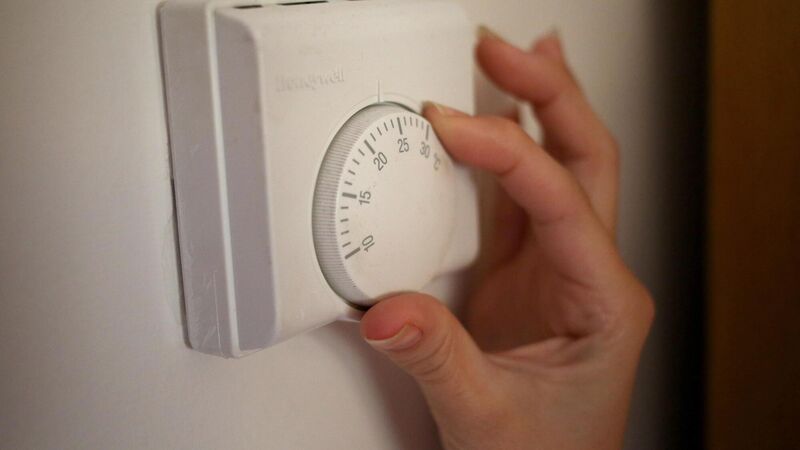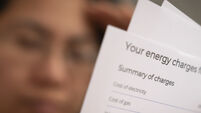Fifth of people with long-term health issues unable to heat home — CSO

'Analysis of utility bill arrears […] shows that one in five (20.5%) households with a ‘severely limited’ member had arrears [due to financial difficulties] on utility bills sometime in the 12-month period before they were interviewed,' the CSO said.
More than one in five people limited by long-term health problems were unable to adequately heat their home, new data from the Central Statistics Office has shown.
New statistics published by the CSO suggest people living with chronic conditions that limit their daily activities face a much greater burden from housing costs and utility bills, and are more likely to be at risk of poverty and living in enforced deprivation, than people whose activities are not limited by such conditions.
Poverty rates higher among people with long-standing health problemshttps://t.co/PrBW6py8xZ#CSOIreland #Ireland #SILC #EUSILC #SocialInclusion #PovertyIndicators #PovertyRate #Deprivation #HealthStatus pic.twitter.com/LNJ72ChK6H
— Central Statistics Office Ireland (@CSOIreland) April 24, 2023
Furthermore, people who described their health as “very bad” had an enforced deprivation rate of 42.9% compared to just 12.2% of people who said they were in “very good health”.
People in enforced deprivation are defined by the CSO as being unable to afford two or more items from a list of 11 basic indicators, such as being unable to afford new clothes or unable to afford to buy presents for family or friends at least once a year.
The CSO’s latest publication covers poverty indicators by health status, based on the Survey of Income and Living Conditions 2022.
It defines the difficulties facing people in a number of ways, including consistent poverty, enforced deprivation and at risk of poverty. A person is “at risk” of poverty when their income is below 60% of the national median income. Consistent poverty is when a person is both at risk of poverty and in enforced deprivation.
The at-risk of poverty rate for people with a self-reported chronic illness was 18.6%, compared with 10.3% for those without a chronic illness, the CSO said.
“In 2022, 4.9% of the people aged 16 years and older were living in consistent poverty. The rate for people ‘severely limited’ in usual activities [due to a health condition] was 14.1%, four times higher than the 3.5% rate for those ‘not limited’.”
Households with a person who described themselves as severely limited by a health condition struggled to make ends meet at a much higher rate than those households unaffected by a long-term health problem.
There were similar patterns in these households when it came to falling behind on rent/mortgage repayments and being in arrears on utility bills.
The CSO said: “Analysis of utility bill arrears […] shows that one in five (20.5%) households with a ‘severely limited’ member had arrears [due to financial difficulties] on utility bills sometime in the 12-month period before they were interviewed. The comparable rate for households without limited members was 7.1%.”
Households were also asked to what extent the likes of housing costs, utility bills, home insurance and home maintenance costs were considered a “burden”.
Almost half of households with a “severely limited” member said housing costs were a heavy burden, which was almost double the rate for households where all members were “not limited”.












